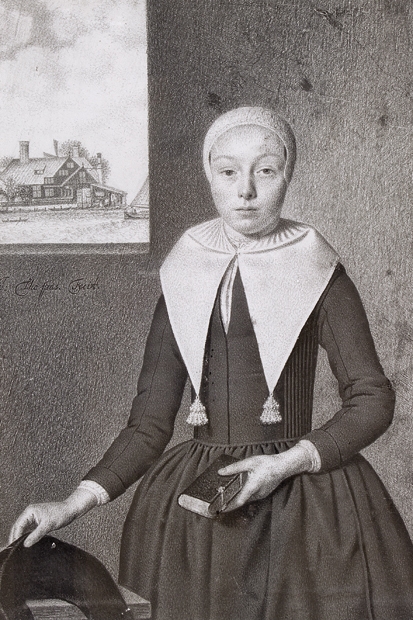To discover an ‘unknown’ is the dream of anyone connected with the arts and in Johannes Thopas (c.1626-1688/95) we have just that. This book catalogues the exhibition now transfering from Aachen to the Rembrandt House Museum, Amsterdam (12 July–5 October). The curator is Rudi Ekkart, who discovered Thopas’s meticulous lead-pencil (plumbago) drawings on parchment as an art-history student in the early 1970s, when he had unlimited access to the University of Leiden’s famous drawing collection. After that he kept a record of everything to do with the artist, which now finds formal acknowledgment.
Other recognised Dutch artists who were deaf and dumb have shown that a normal life could be profitably pursued. Jan Jansz de Stomme even used sign language to thrash out theological complexities with his wife and servant. Thopas’s history is sketchy. His clients, mainly from Haarlem and Amsterdam, were important enough for their portraits to have survived; but it seems he was always officially under the guardianship of one member or another of his rich family and never had the money, earned or inherited, to afford independence.
His father was the town physician of Arnhem, his mother the daughter of a merchant dynasty. Later in life Johannes depended on his brothers and sisters. Nothing is known of his artistic training, but in 1668 he was enrolled a member of artists’ guild in Haarlem. He subsequently moved with most of his family to Assendelft, where his older brother was the town clerk. There is no record of his death.
The pencil portrait on parchment was a significant genre in Holland, especially in Thopas’s lifetime. Judging by the comparisons offered he can rightly be called the equal of his peers. But what does his affliction have to do with it? There is no need for special pleading.








Comments
Join the debate for just £1 a month
Be part of the conversation with other Spectator readers by getting your first three months for £3.
UNLOCK ACCESS Just £1 a monthAlready a subscriber? Log in